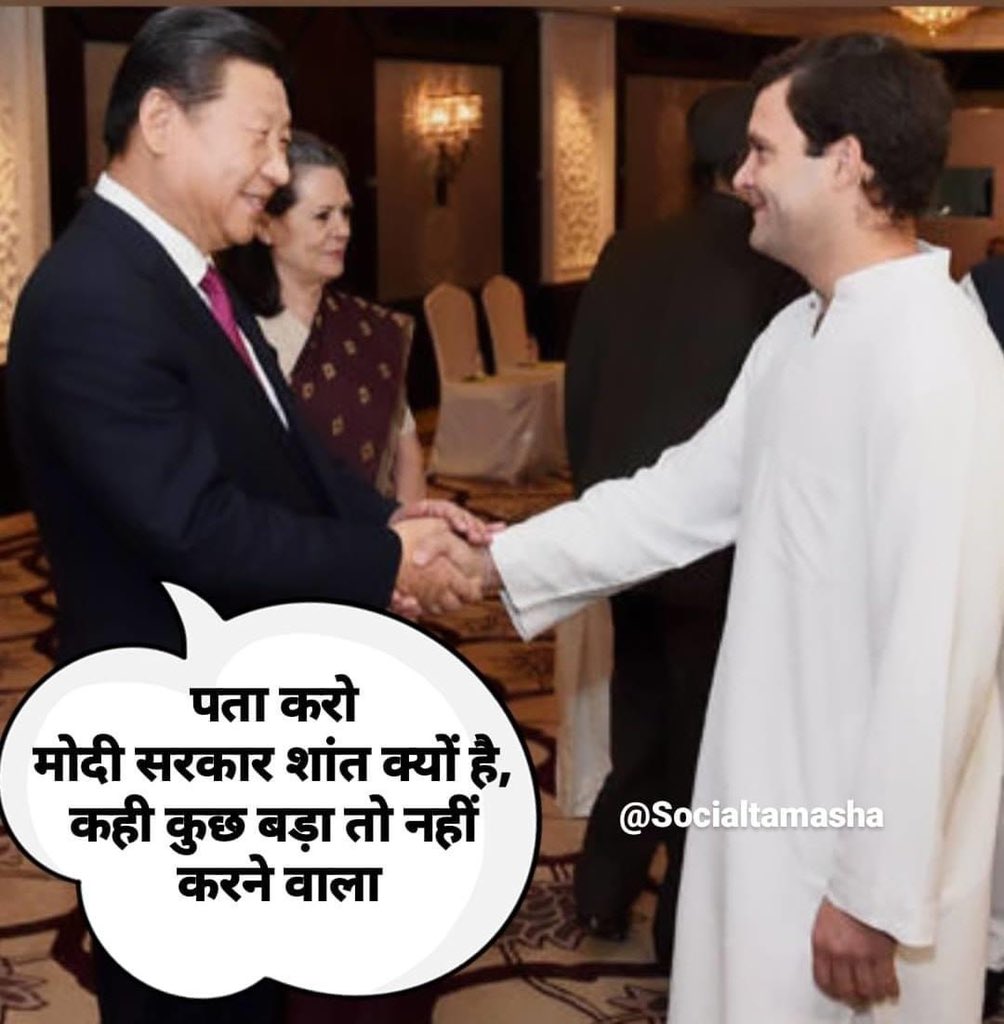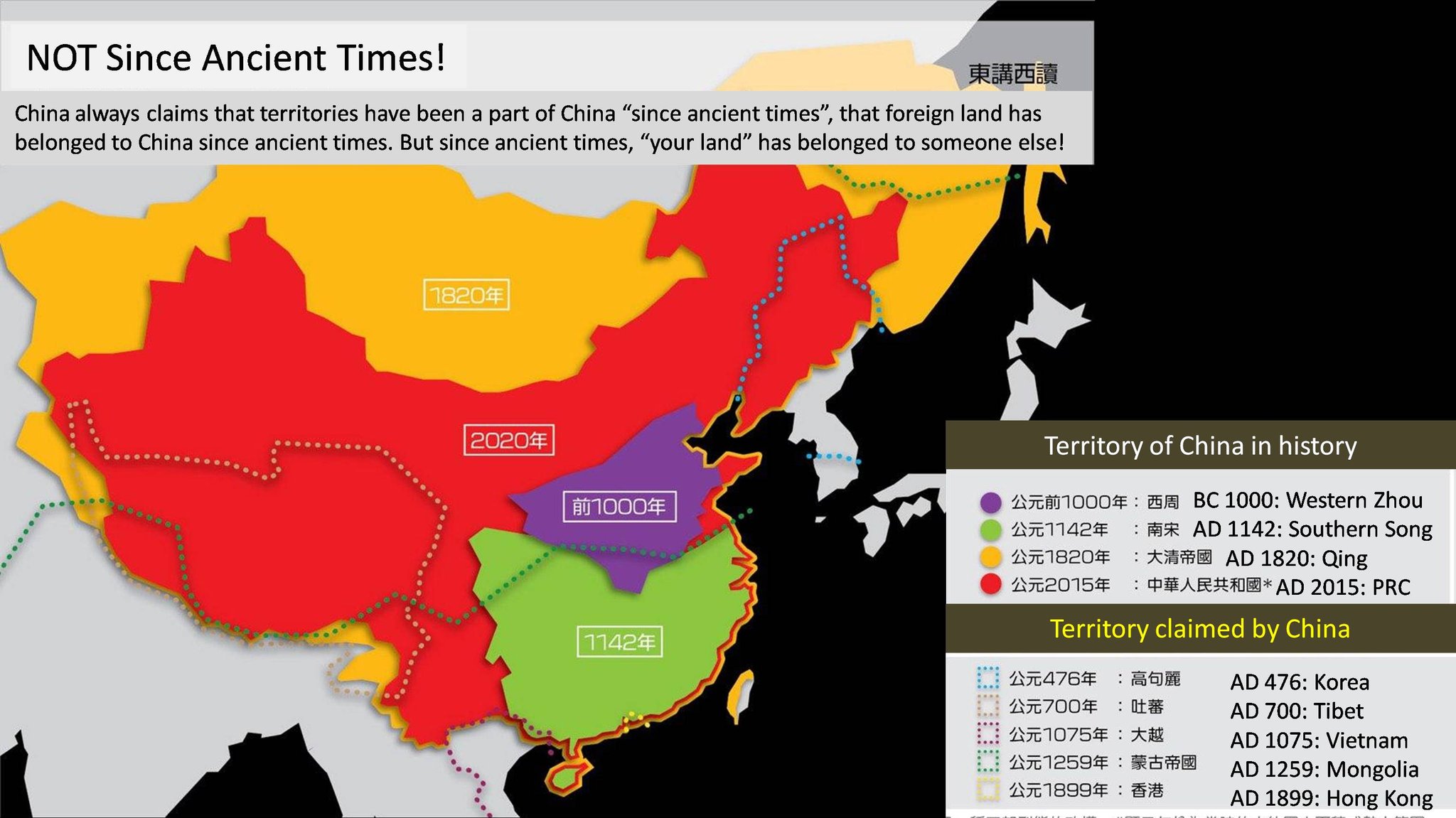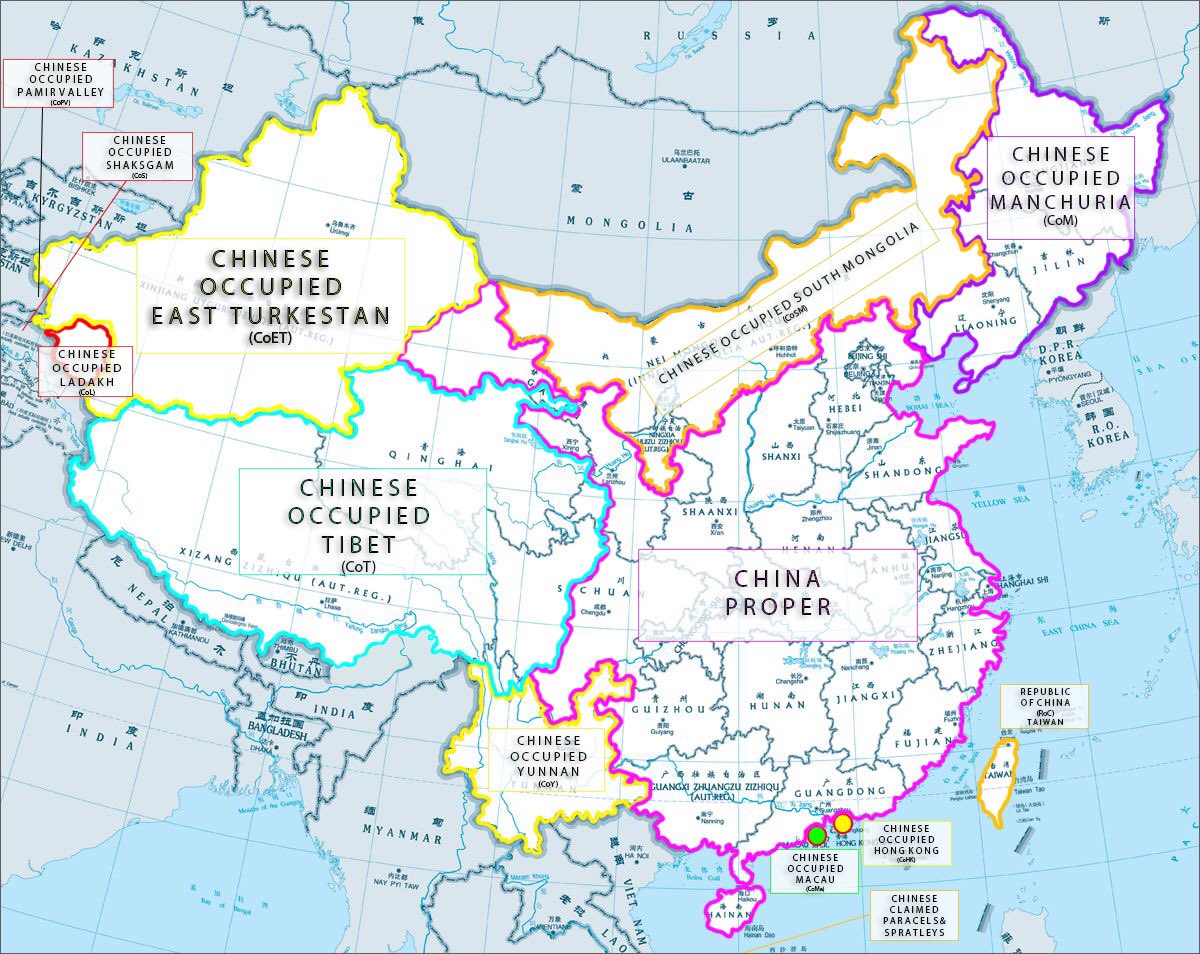ramana wrote:Deans wrote:
The ORBAT for the PLA in the Western Theatre command can be assessed from this link (collaborated by a similar Chinese source).
https://jamestown.org/program/snapshot- ... r-command/
Getting even this modest force to the LAC would involve extensive preparation and they would face a IA who outnumbers them both in
the East and West and who have had more time to get into position - even with our poor transport links).
Surprisingly, the only PLA formations in the TAR (Tibet Autonomous Region) are 3 brigades in the Eastern Sector, One of these is at Lhasa
and two are opposite Arunachal. In the West, the nearest formation that can threaten our forces in Ladakh, is a mechanised division with its HQ at Hotan, in Xinjiang. While the distance from Hotan to Daulat Beg Oldi might be 200 km as the crow flies, in reality, getting that formation close to the LAC, would involve a road journey of over 700 km along the G219 highway – due to the intervening mountains. This highway is never closer than 100 km from the LAC. To be in a position to attack Daulat Beg Oldi at a point where the G219 highway is closest, involves a further road journey of around 200 km. None of the tracks leading to the DBO area look like being all weather.
Deans can you update this post?
The PLA has 13 group armies (each of 6 brigades and supporting arms). Each has roughly the firepower of an Indian army corps of 3 divisions.
In addition there are units meant mostly for internal security, in Xinjiang and Tibet.
In the event of all out war, the PLA should be able to deploy the following:
Western Theater:
76th Group Army from Xinjiang. Nearest unit in Hotan, 800 km to the LAC by road.
77th Group Army from Chongqing (East of Tibet).
In addition:
3 Brigades in Tibet & 4 divisions in Xinjiang - seem to be motorised light infantry, mostly for internal security.
Central Theater: This is China's reserve to reinforce any theater
81st, 82nd and 83rd group armies. (all identical with 6 brigades each).
Of these the 82nd army is based in and around Beijing. Its the `anti-coup' army, to protect the regime and in theory would be
deployed to Tibet as a last resort.
It is possible that the 75th group army of the Southern Theater, in Kunming (bordering Vietnam) can be moved opposite Eastern Arunachal.
Thus, the max strength that can be deployed against us - a buildup that will require several weeks and depend on a single highway, is
5 group armies + the equivalent of 1 group Army in Xinjiang + 3 brigades in Tibet.
More significantly, for mountain fighting, a lot of the armored vehicles of these armies will be redundant and will be replaced by
infantry. If a single armored brigade is replaced by an infantry brigade in all 5 group armies, it would mean the PLA has pretty much deployed all
its infantry. The PLA opted to replace infantry with heavy weapons & tech, but in the mountains, infantry is still at a premium.
Against the equivalent of 6 Chinese group armies (Indian corps), we have IV, III & XXXIII corps in Sikkim & the North East.
We have XVI corps in Ladakh, possibly a division from IX corps in Yol and a reserve division for Uttaranchal.
As light infantry in a defensive role, our second line, the ITPB, will be more useful than the People's armed police in an offensive role.
It would take the Chinese about 6 weeks, if they act on a war footing, to transfer all these units to their positions on the LAC ,assuming
3 armies are deployed opposite us in the North East and 3 in Aksai Chin and opposite Uttaranchal. The last arriving units will need time to acclimitize. Even this assumes they first deploy the manpower to unload supplies from the railheads in Lhasa and Hotan and that manpower can work efficiently from day 1, at high altitude and pre-stock large quantities of special grade fuel and lubricants.
We can deploy a lot faster, as we are much closer to the LAC and have supply depots in place.
Ladakh is the only area they can hope to get numerical superiority, with the Depsang plain and Demchok being able to support armored formations.
Air force: Combining the strength of the Western and Central theater - the PLAAF can deploy 288 modern fighters (J10, J11, Su-27 & 30). The constraint they face is the lack of airfields (even after taking into account those under construction) and lack of refuelling tankers to support anything close to this force. All airfields in Tibet import a huge payload penalty on the Chinese. If they operate from outside Tibet there are range limitations. I don't see any of our fighters being deployed from high altitude airfields.
Because of payload penalties, PLAAF helicopters in Tibet are of limited utility.


